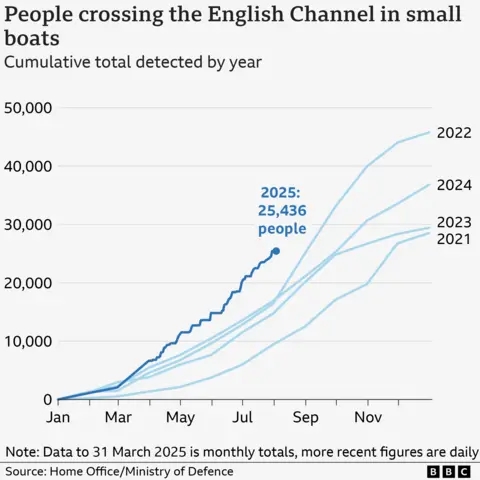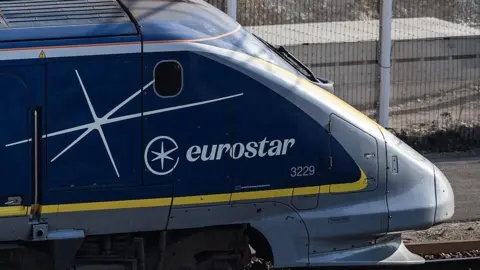The recent announcement of a trade deal between the European Union and the United States has been met with mixed reactions, as lingering disagreements and unresolved terms cast doubt on its final form. While the agreement averts the immediate threat of higher tariffs, key discrepancies between the two sides suggest negotiations are far from over.
Initially, the deal was presented as a breakthrough, with both sides agreeing to a 15% tariff on most EU exports to the U.S.—lower than the 30% previously threatened but still a significant increase from the previous average of 4.8%. However, European leaders have expressed frustration over concessions made, with some viewing the outcome as a compromise rather than a victory.
Unresolved Terms and Conflicting Statements
A major point of contention lies in the differing interpretations of the agreement. While U.S. officials claim the deal includes binding commitments, EU representatives insist it is merely a political understanding, with further negotiations needed to finalize exemptions.
One notable discrepancy involves energy imports. The U.S. asserts that the EU has committed to purchasing $750 billion in American oil, liquefied natural gas (LNG), and nuclear energy products. However, the EU maintains it only “intends” to shift away from Russian energy, without guaranteeing specific purchases. Similarly, claims of a $600 billion investment pledge by European firms remain vague, as Brussels cannot mandate private-sector spending.
Defense procurement is another sticking point. The U.S. suggests the EU has agreed to buy more American military equipment, yet this is absent from the EU’s official statements. Given Europe’s push for greater defense autonomy, such a commitment would contradict recent policies aimed at boosting domestic arms production.
Uneven Impact Across Europe
The new tariffs will disproportionately affect certain EU nations. Germany’s automotive sector, which exports €34 billion worth of vehicles to the U.S. annually, faces steep additional costs. Ireland, heavily reliant on pharmaceutical exports, also braces for economic strain, while Italy’s agriculture and manufacturing industries could see a 0.2% dip in GDP.
Some industry leaders have criticized the deal as a capitulation rather than a fair agreement. Italian farmers, for instance, have demanded compensation for expected losses, though experts warn that taxpayer-funded bailouts would only reinforce the financial burden of U.S. tariffs.
Negotiations Far From Over
Despite the initial announcement, both sides acknowledge that talks will continue. French President Emmanuel Macron called the deal a “first step,” emphasizing the need for Europe to adopt a firmer stance in future discussions. Meanwhile, the European Commission seeks exemptions for wine and spirits, which remain subject to the new tariffs.
Analysts suggest the agreement provides short-term stability but leaves critical issues unresolved. With pressure mounting on European negotiators to secure better terms, the coming months will determine whether this deal evolves into a lasting accord or remains a temporary truce in an ongoing trade dispute.
As the debate continues, one thing is clear: the final shape of EU-U.S. trade relations is still far from settled.









